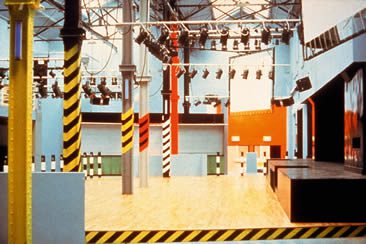Even after the independence documents have been signed and a new government established, the tendrils of colonial legacy remain firmly rooted in countries which were for years under the yoke of a foreign ruler. From the names of streets to cultural customs, the influence of colonialism lingers on, like it or not. Many central and sub-Saharan African countries gained independence the 1960s, but although they were now free to go it alone, so much of the old regime was left behind that plans were made for radical changes to the landscape, so forging a new identity in both a literal and figurative sense.
The architecture of a country says so much about its history and culture, and British and French rule left behind powerful reminders of imperial occupation in countries such as Kenya and Côte d’Ivoire. Independence was time for new and forward-thinking architecture that reflected the nations’ rebirth, and parliament buildings, memorials and central banks were among the structures built in the futuristic and experimental African Modernism style. Vitra Design Museum Gallery in Weil am Rhein, Germany, is hosting an exhibition of more than 80 of the continent’s most interesting post-colonial buildings from five countries — the two previously mentions as well as Zambia, Ghana and Senegal. Architect and author Manual Herz put the show together with the help of photographer Iwan Baan, and it will run from 20 February to 31 May. Park Books of Zürich is publishing the 700-page African Modernism: The Architecture of Independence in conjunction with the exhibition.
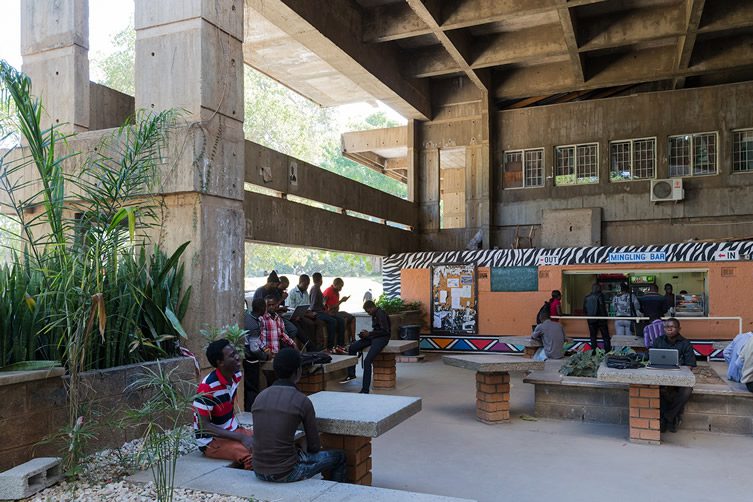
University of Zambia – UNZA, Lusaka (Zambia),
von/by Julian Elliott, 1965-1970,
Foto/photo: © Iwan Baan
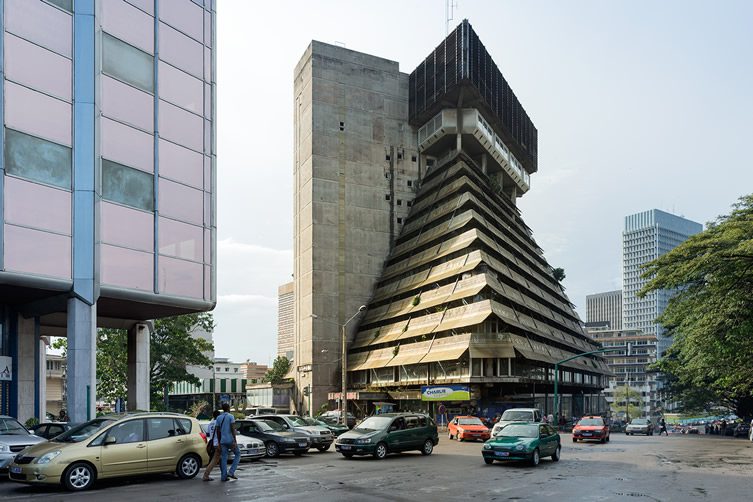
La Pyramide, Abidjan (Côte d’Ivoire),
von/by Rinaldo Olivieri, 1973,
Foto/photo:© Iwan Baan
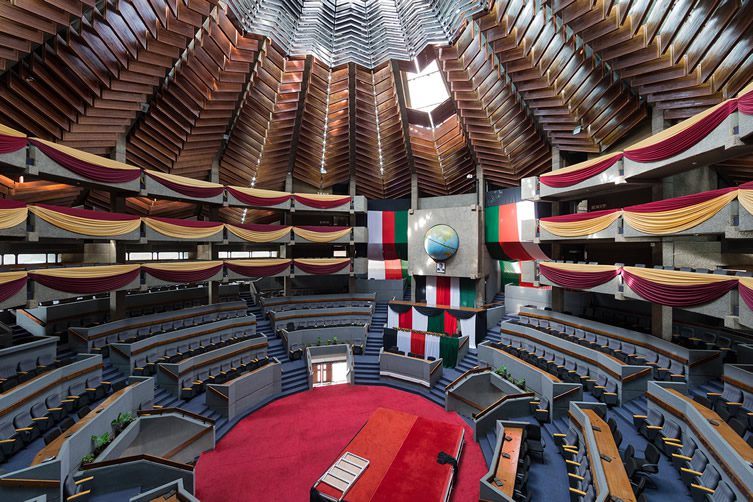
Kenyatta International Conference Centre, Nairobi (Kenya),
von/by Karl Henrik Nostvik, 1967-1973,
Foto/photo: © Iwan Baan
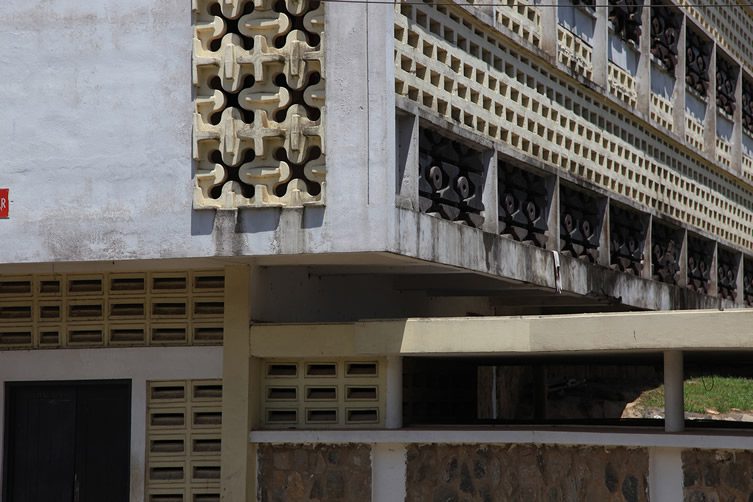
Mfantsipim School (Ausschnitt), Cape Coast (Ghana),
von/by Fry, Drew and Partners, 1958,
Foto/photo: © Manuel Herz
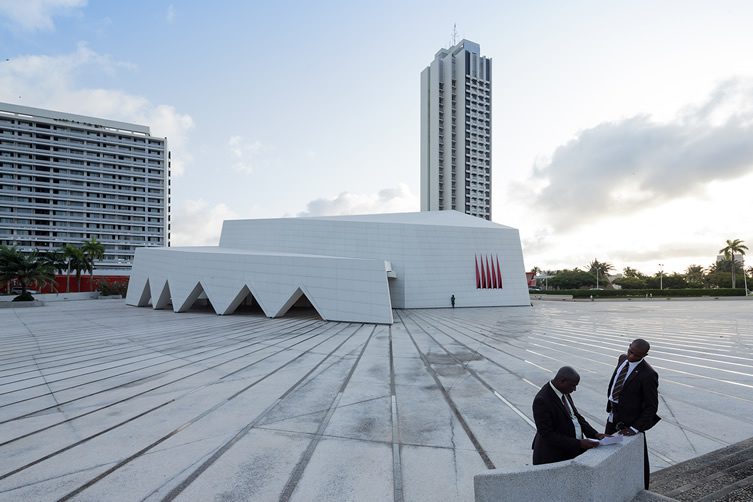
Hotel Ivoire, Abidjan (Côte d’Ivoire),
von/by Heinz Fenchel and Thomas Leiterdorf, 1962-1970,
Foto/photo:© Iwan Baan
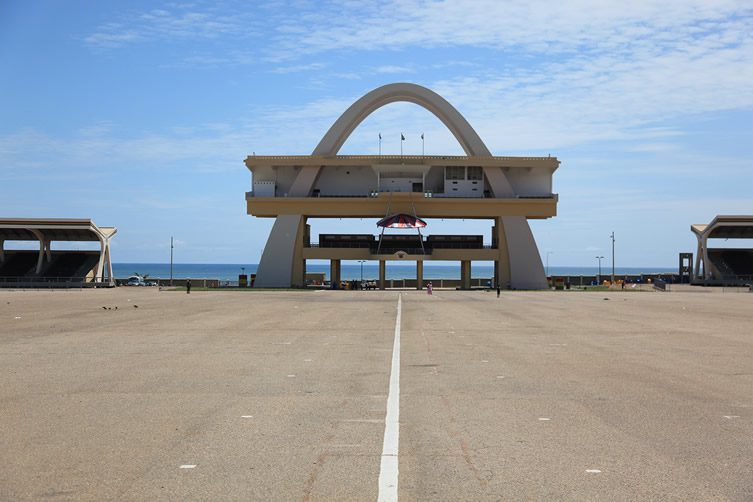
Independence Arch, Accra (Ghana),
des/by the Public Works Departments, 1961,
Foto/photo: © Manuel Herz
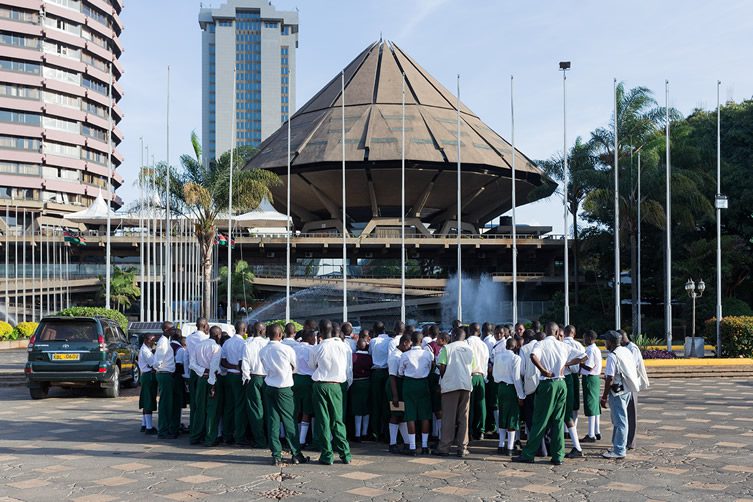
Kenyatta International Conference Centre, Nairobi (Kenya),
von/ by Karl Henrik Nostvik, 1967-1973,
Foto/photo: © Iwan Baan
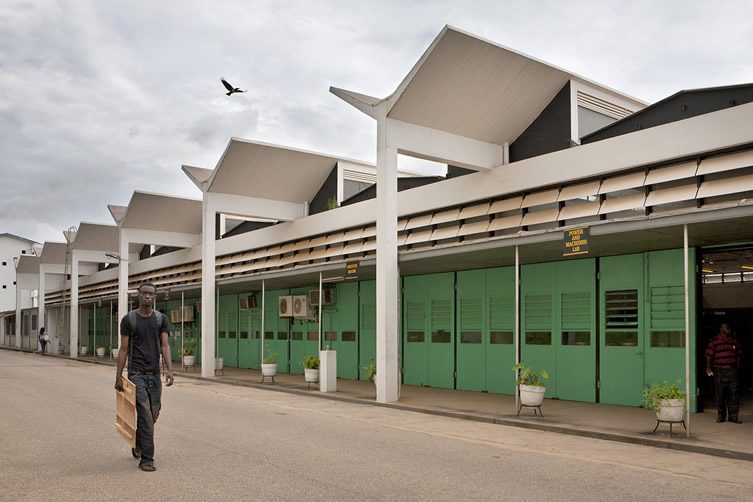
School of Engineering at KNUST
(Kwame Nkrumah University of Science and Technology), Kumasi (Ghana),
von/by James Cubitt, 1956,
Foto/photo: © Alexia Webster

